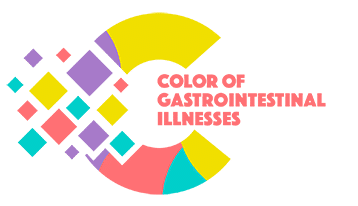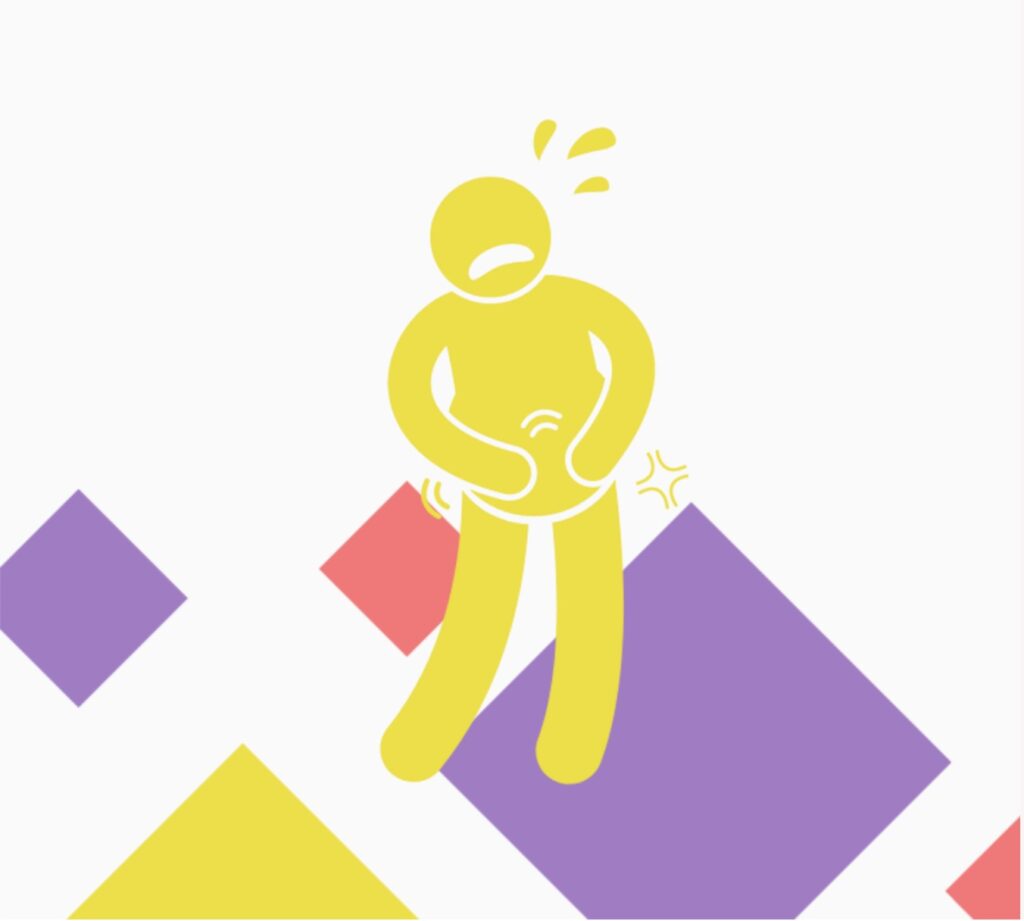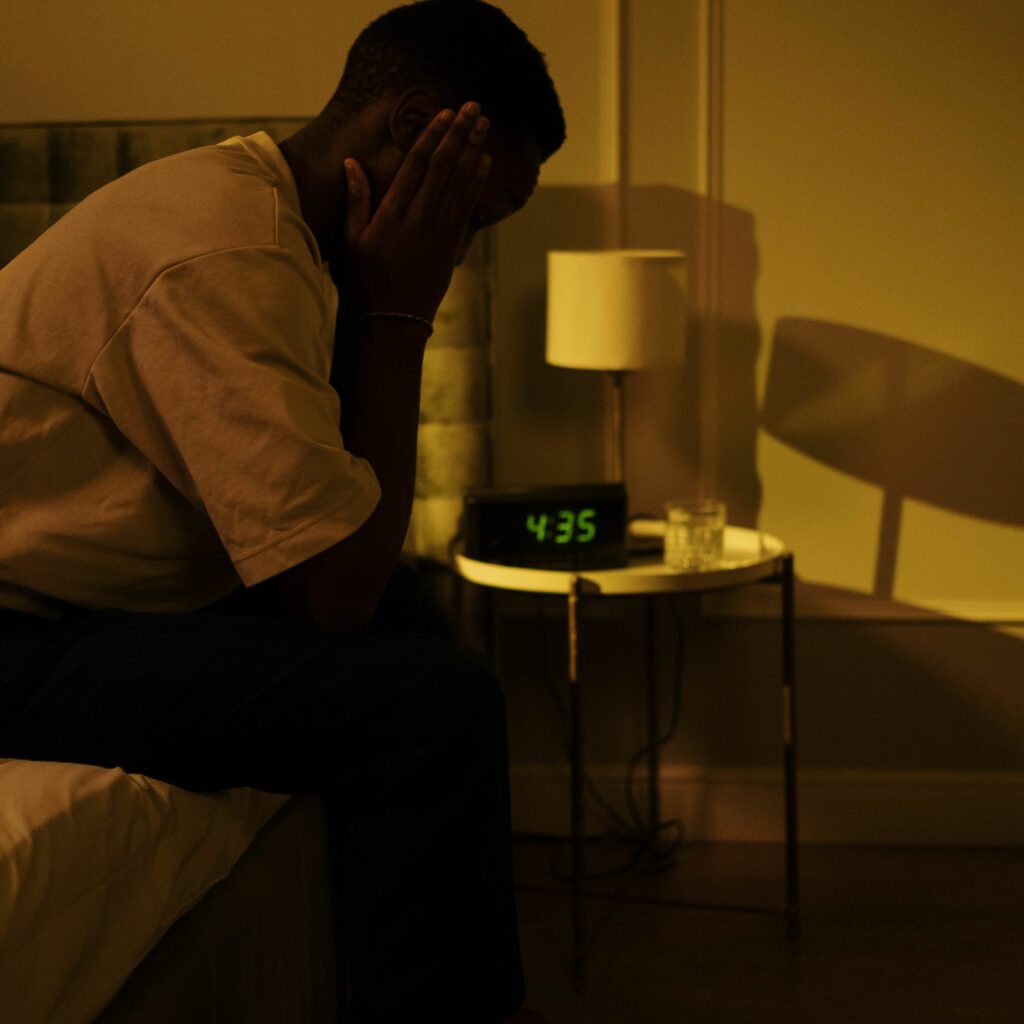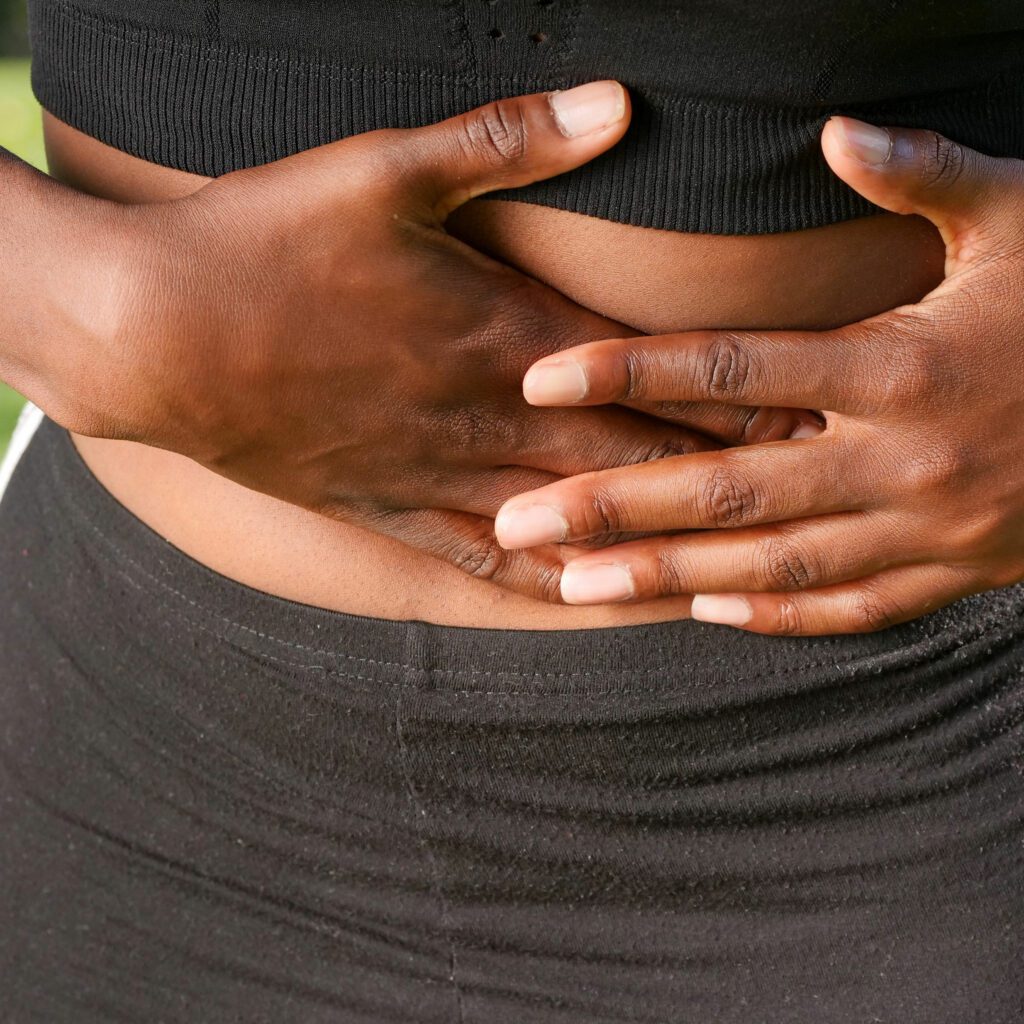Treatment of these conditions needs the help of both a gastroenterologist and a colorectal surgeon, and involves separate steps.
Perianal abscess. If an abscess is small and found early, it might be treated with antibiotics and not need immediate surgical intervention. An antibiotic may treat the infection by killing the harmful bacteria and clearing up the pus collection.
Abscess drainage. A larger abscess needs to be drained by a surgeon, which means the abscess needs to get opened up to the skin to let the pus that’s inside of it come out. A doctor will numb the area of the skin above the abscess, so there won’t be any pain. A small cut is made in the skin above the abscess and in the abscess. The pus is then emptied out. A gauze dressing is applied above the open skin area and allows it to heal. This is usually done as an outpatient procedure.
Setons. A seton is a plastic thread that’s put through the fistula tract from the inside opening of the fistula (inside the anus/rectum) to the outside opening of the fistula on the skin. The goal is to keep the fistula open for a while, so that no new abscess is formed, and to give the medication time to start working to close the fistula. Keeping the fistula “open” seems the opposite of healing; however, the seton actually helps with “balanced “ healing. Closing the opening along the entire fistula tract avoids “patchy” healing of only some of the tract, which can lead to another abscess.
The surgeon will pass the seton through the fistula after draining any abscesses. It may be kept in place for anywhere from several weeks to many months, while the fistula heals. The surgeon will remove it once the fistula starts healing with medication. Sometimes the seton is left in place if the fistula keeps draining or if there is a higher risk of having another abscess.
Medications. Keeping the inflammation from Crohn’s disease under control is important in managing perianal disease. There are several types of drugs used to treat Crohn’s disease. A doctor will help you in deciding which drugs may work best for your symptoms. It may also be helpful to take more than one drug at a time. Some medications are more effective at treating perianal disease than others, and sometimes several medications are needed to close the fistula (typically, a combination of an anti-TNF, an immunomodulator, and antibiotics).
Some medications may also help a fistula to heal. These are biologic medications, which are given either as a shot or with an IV. They can help manage both, the Crohn’s disease and the perianal fistula. There are a few different biologic drugs available and a doctor will help in deciding which one might work best.
Some of the medications that might be used in Crohn’s disease are:
- Biologics (such as anti-TNF like Remicade, Humira, Cimzia; an anti-IL 12/23 like Stelara; or anti-integrin like Entyvio; as well as the biosimilars of these medications)
- Immunomodulators (such as Azathioprine [Imuran], 6-mercaptopurine, methotrexate, cyclosporine)
- Steroids (such as Budesonide or prednisone)
Surgery. If a fistula isn’t healing with medical treatment and drainage of the abscess, different advanced surgeries (like a LIFT or FLAP) might be indicated. For a small proportion of patients with a very superficial fistula (a fistula that does not involve the muscles around the anus), surgery may be used to open up the fistula tract to the inner lining of the anus.
Fistula repair is a complicated surgery and is best done by a colorectal surgeon that has experience in Crohn’s fistula repair. For complex fistula, finding someone who specializes in working with more challenging cases will be important.
Ostomy surgery. For some people, perianal fistula can keep causing severe symptoms or repeated abscesses despite medical and/or surgical treatment, and these symptoms can cause a lot of distress to the patient. Stool in and around the anus can irritate the fistula and make the symptoms of pain worse and break down the skin around the anus. In these cases, a surgery of the bowel called an ostomy can be done so the stool doesn’t pass through the anus anymore. This can “give a break” to the anus and rectum, allowing the fistula to heal.
To create an ostomy, a small part of the intestine is brought through the abdomen to the skin (called a stoma). An appliance (sometimes called a bag) is worn over the stoma to collect the stool (poop). This is called fecal diversion: taking the stool away from the anus and into the bag outside the skin of the abdomen, to let the fistula heal, or at least to decrease the symptoms of the fistula. This surgery may or may not be reversible: if the fistulas heal, the ostomy is removed to have bowel movements go through the anus again. If the fistulas do not heal, the ostomy can be permanent.
Surgery to remove the rectum and the anus is another option. This is called a proctectomy. When this surgery is done, the ostomy will become permanent.









